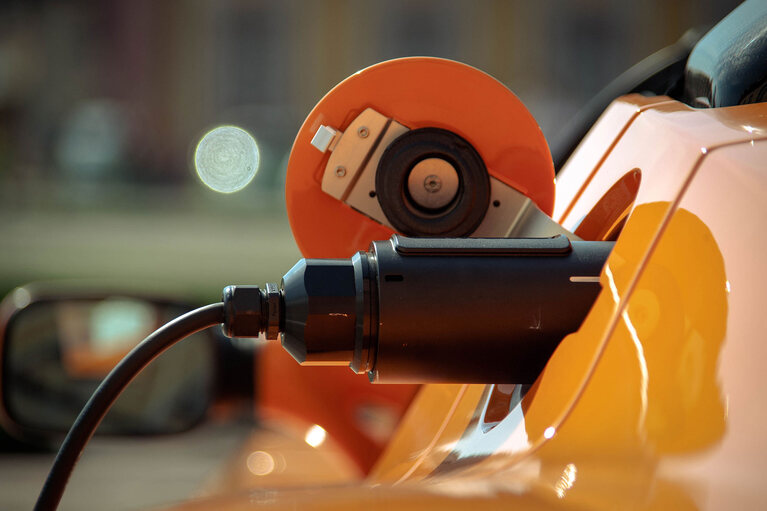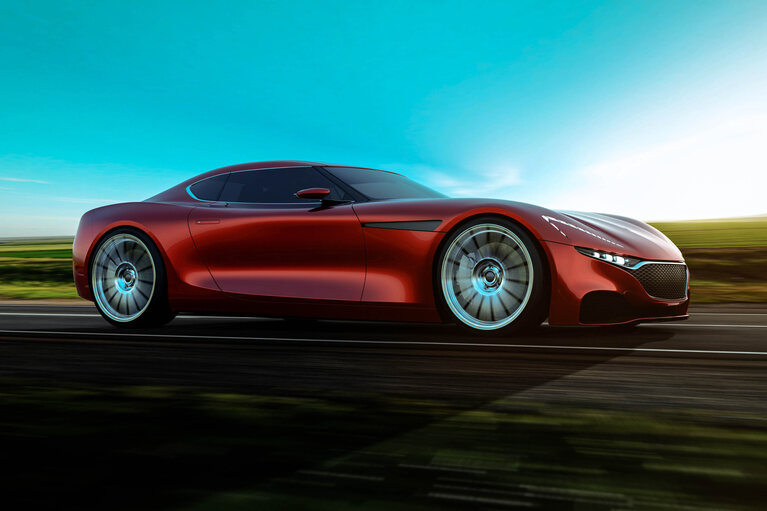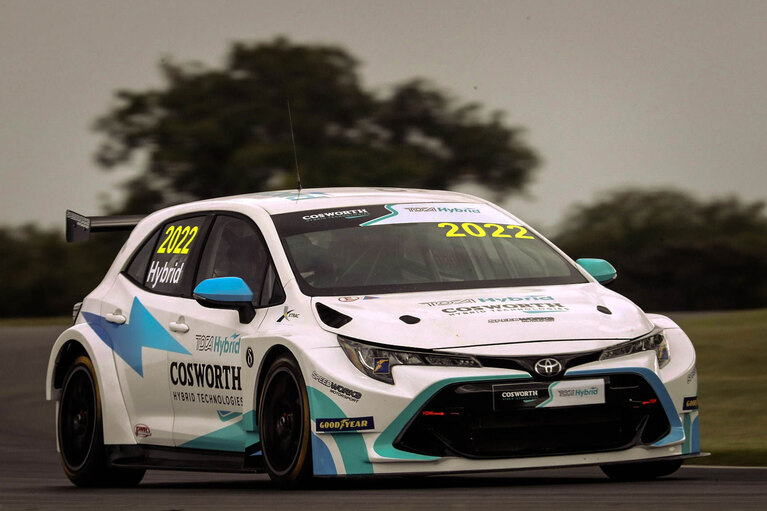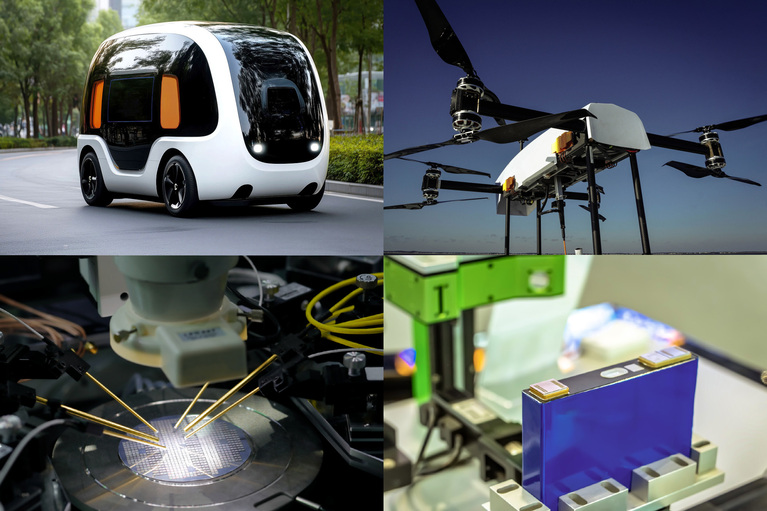
Bidirectional power and transient speed enable scalable active suspension
Sine Amplitude Converter™ modules offer a unique combination of bidirectionality and transient response to unlock new possibilities for active suspension
Today’s electrified vehicles require up to 20x more power than internal combustion engines and Vicor power modules are the optimal solution.
By Patrick Wadden, Global Vice President of Automotive Business Development
“If everything seems under control, you’re just not going fast enough” —Mario Andretti
For years, automakers have been continuously challenged with the need for more power. In the early days, cars were powered with a six-volt battery right up to the mid 1950s when automotive systems evolved to a 12V power source to meet the perpetual need for more power. Not only did automakers have to anticipate new power delivery demands for windows, steering and seats, but the need for more power was pivotal for the new high-compression engines.
In recent times, CO2 emission compliance standards have motivated OEMs to reconsider how to power the automobile again. While OEMs are introducing electrified vehicles to meet these standards, there has yet to emerge a harmonized approach for delivering electric power, not only to the motors but to all the subsystems in a vehicle.
This lack of clarity is compounded by the tremendous increase in power requirements. Automobiles with combustion engines typically operate with an electric power level between 600W to 3kW. New electrified EV, HEV, PHEV vehicles (xEV) require power levels of 3kW to over 60kW – more than 5 – 20 times the power.
In addition to the major technical challenges, OEMs are also ratcheting up the pressure and making commitments to fully electrify their fleets over the next decade (Figure 1), even while the specifics of how to achieve the goal remains an open question. There is no clear path to standardizing electrification across the electric vehicle market. So while OEMs will likely all arrive at the same place, the PDNs they design will be different.
Figure 1: OEMs have set aggressive goals to electrify their fleets. These goals are catalysts for creating a world-class xEV platform.
That 5 – 20x increase puts tremendous strain on vehicles in terms of increased size, weight, and complexity of the power delivery network (PDN). These demands negatively impact energy efficiency, reliability and even comfort and safety as the added size and weight necessitate tradeoffs in vehicle features. There simply isn’t enough space to accommodate all the electrical requirements if car manufacturers proceed with traditional methods of power delivery. To meet this challenge they will need to find a solution that is not only lightweight and compact to mitigate the enormous increase in power, but is also flexible and can be reused across the fleet.
To achieve their aggressive electrification goals, OEMs will need to reconsider their approach to power delivery architectures. In addition to finding a highly efficient solution, to accelerate and optimize electrification three top requirements need to be addressed.
Whether designing a fast sports car, a light-duty truck or a family car, OEMs need to pack as much power as possible into a constrained space. Vehicles need compact and efficient power solutions.
Fleets have many vehicles using the same platform, so easy power scaling is essential when modifying the power between sedans, minivans, SUVs, etc. that share the same platform.
To achieve full fleet electrification, OEMs need to be able to reuse power designs across different models to speed time-to-market.
Continue reading the full article on Embedded Computing Design on how Vicor is fueling the electrification momentum in the automotive industry.
Patrick Wadden joined Vicor in October 2018 as Global Vice President of Automotive Business Development to lead the company’s business in the Automotive Industry while becoming a key partner to companies developing mild hybrid, EV/HEV and autonomous vehicles.
Patrick Wadden, Global Vice President of Automotive Business Development
Automotive solutions: High density power conversion using power modules
Case study: World’s first major touring car championship goes hybrid
Podcast: Tesla and Vicor discuss the crucial trade-offs made in automotive power systems design
White paper: BCMs transform high-voltage batteries into SELV systems
Bidirectional power and transient speed enable scalable active suspension
Sine Amplitude Converter™ modules offer a unique combination of bidirectionality and transient response to unlock new possibilities for active suspension
Delivering improved peak power and dynamic transient response to unlock lighter, more powerful EV architectures
With each passing year, electric vehicles (EVs) on the market are becoming increasingly reliant such as steer-by-wire, brake-by-wire and active suspension.
Accelerate your move to a high performance 48V power delivery network
This eBook provides guidance on designing 48V power delivery networks to enhance the performance, efficiency, and reliability of industrial products
Innovating power delivery networks
Vicor is innovating with power delivery networks. Improving end-system performance requires innovative power technologies









